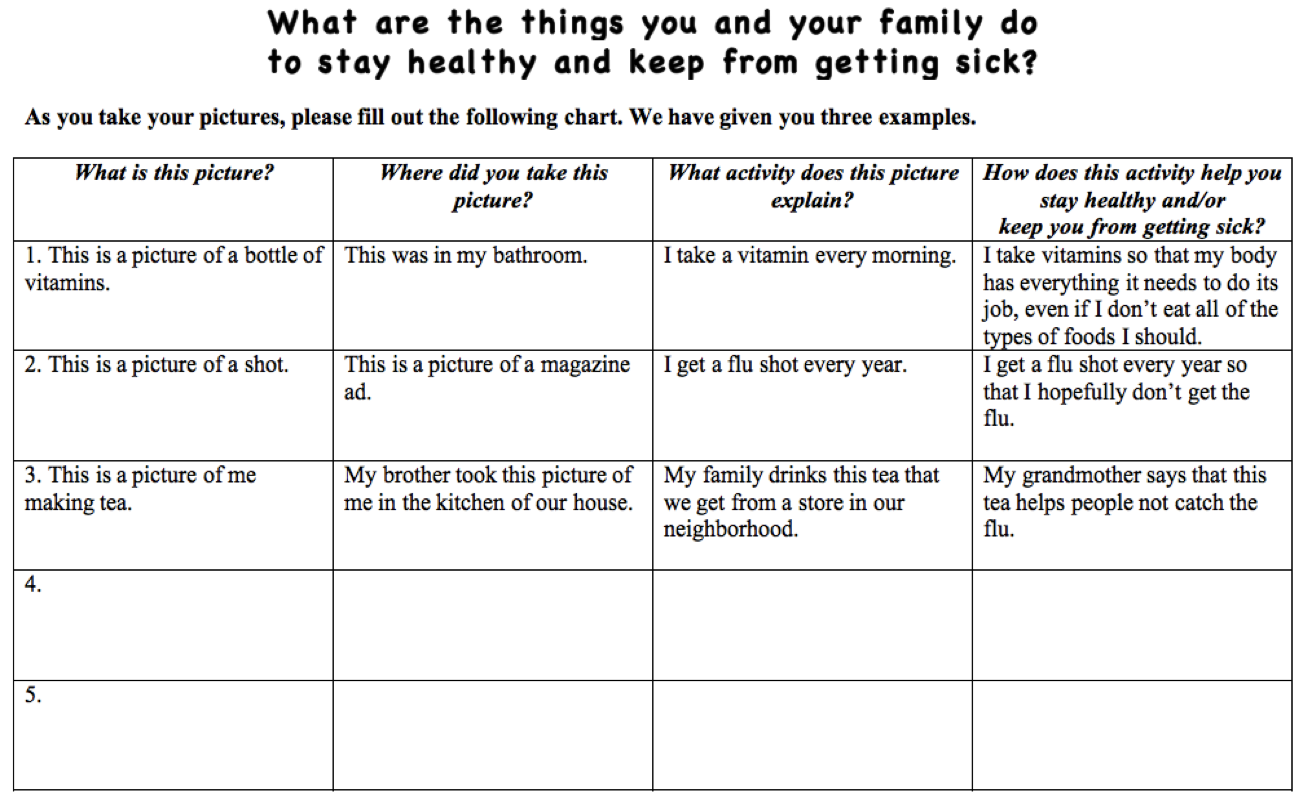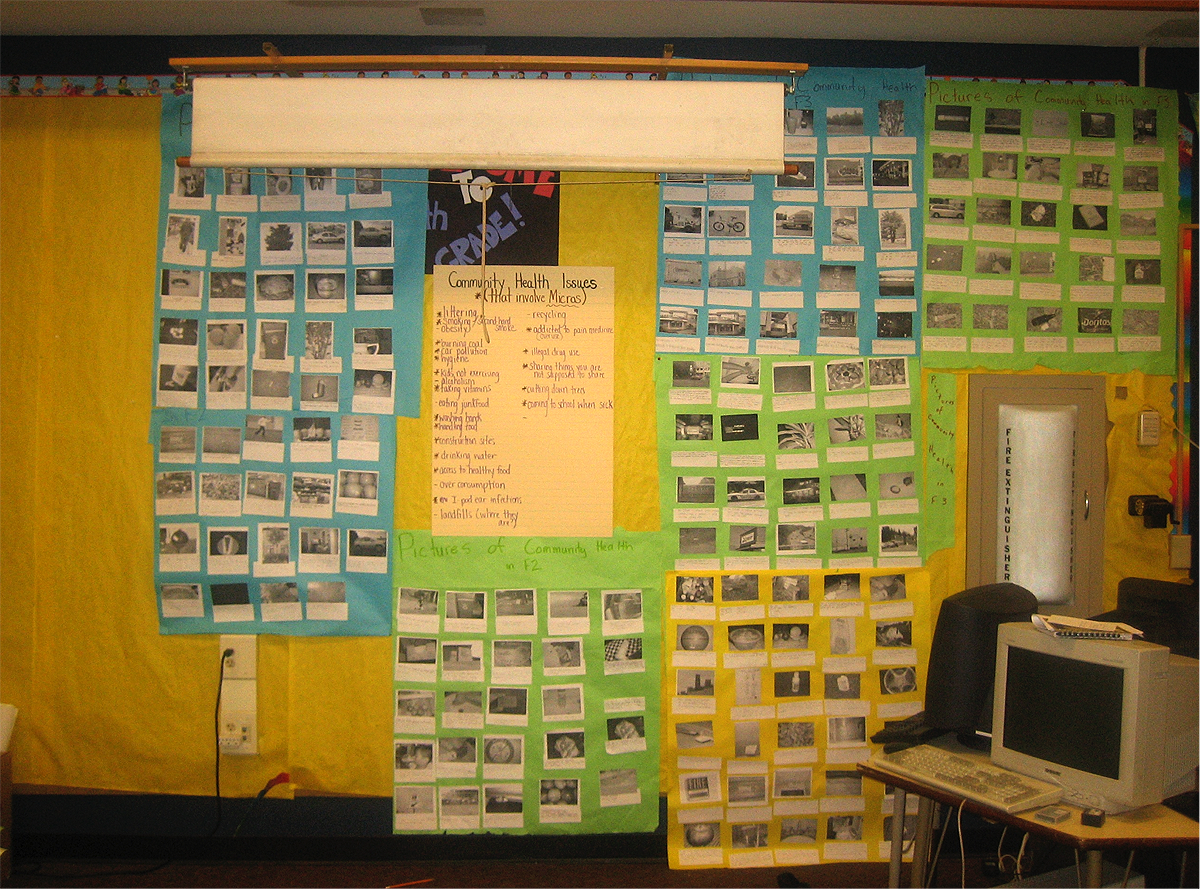Self-Documentation Instructional Technique
BACKGROUND: We recommend you read this classroom description of self-documentation (on page 84 of The NSTA Reader’s Guide to A Framework for K–12 Science Education. Second Edition) to learn about the focus and goals of the curriculum unit.
Self-documentation is a formative assessment strategy to surface aspects of the cultural lives of learners to guide instruction. Self-documentation can identify the dynamic, everyday practices and concerns in the students’ communities that can be meaningfully related to classroom science and engineering investigations.
Self-documentation involves the following instructional steps:
- ask students to “photo document” aspects of their everyday lives (e.g., about a phenomena or topic),
- cluster their photos into similar activities,
- identify which activities are possible areas of investigation for the unit,
- support students in engaging in investigations related to their focus, and
- arrange for students to present their results to members of the community / STEM experts.
Highlights are included below from the Micros & Me example of self-documentation.
Sample Self-Documentation Student Worksheet

Sample Mapping of Student's Everyday Expertise (using self-doc info)
Sorting Self-Doc Pics into Clusters of Community Activities to Investigate
After identifying clusters of community activities, specific ones related to the goals of the unit are then selected by student groups to become the focus of their investigations.


